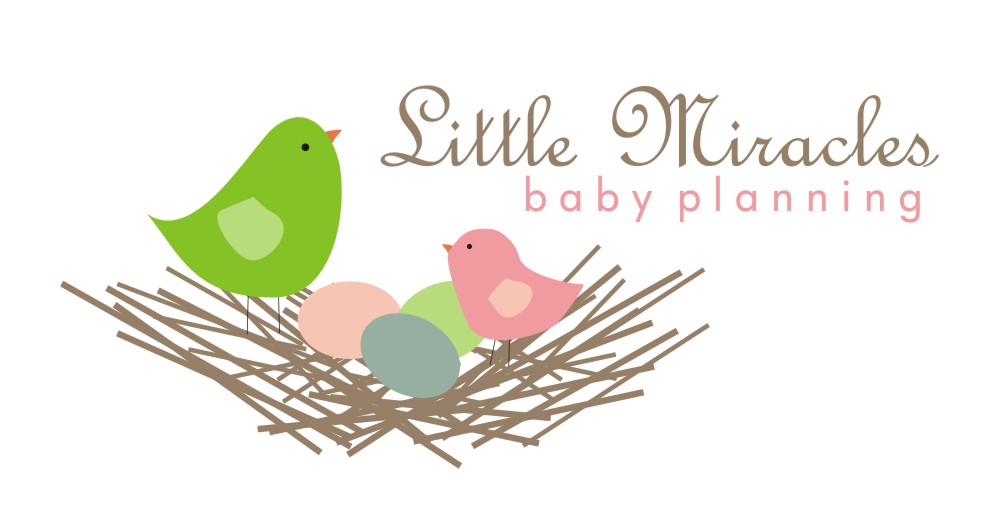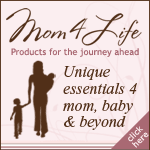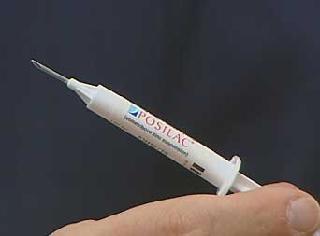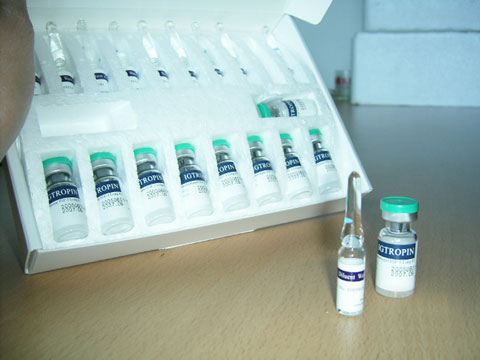Ina May Gaskin’s vision for the future
by Ina May Gaskin | March 25, 2011
from Babble.com
Every country I have visited (except Brazil) has a reverse ratio of midwives to physicians compared to what we have here, meaning that their midwives far outnumber physicians involved in maternity care. People who live in countries where there has always been a midwifery profession consider it a rational health care policy for midwives to be the providers of maternity care for approximately 70 percent of pregnant women. By contrast, people in the U.S. tend to think that every pregnancy requires an obstetrician and that midwives are some kind of more recent fad.
Ina May Gaskin shares 8 ways in which she believes maternal healthcare in America needs to change:
1. Revise medical education
The best obstetricians are those who had midwives as teachers of normal birth, who gave them a good grounding in the normal process of labor and birth before they entered the part of their training pertaining to obstetrical pathology. With midwives as teachers, doctors in training would be able to learn some of the ancient midwifery techniques that would help to lower C-section rates if they were applied across the country. These ingenious techniques include the all-fours (or Gaskin) maneuver to solve the complication of shoulder dystocia (stuck shoulders), which I learned from indigenous Guatemalan midwives who told me they had learned it from God; the use of a long shawl called a rebozo to change a baby’s position; massage techniques; and the use of upright postures and movement during labor. Techniques of manual assessment of pelvic dimensions, fetal size, and breech delivery need to be revived and taught.
2. Establish maternity care standards
We need medical practice standards at both the federal and the state level that would address C-sections performed without medical justification and assure more mother-friendly births and fewer medical interventions during labor. Brazil has already begun to establish such measures, such that hospitals receive less payment from government insurance if their C-section rates exceed the standards.
3. Physicians should be salaried and not paid by the number of births they take on
The rationale for this recommendation is that it would prevent obstetricians from taking on more births than they should, along with the gynecological surgeries they are additionally responsible for. The nearly unchecked freedom many now enjoy means that many women’s labors are accelerated, or they are pressured to consent to a C-section that is really unnecessary, so the physician can go home for family time or a good night’s sleep. It’s a national disgrace that the CDC’s statistics now show that more C-sections are performed between 5:00 and 6:00 pm than at any other time of day.
4. Birth centers are needed in all parts of the U.S.
Women giving birth in a birth center can expect their midwives to stay with them throughout the course of labor, whereas in a hospital they can be on the point of giving birth when they have to say good-bye to the midwife who had been with them for hours because of a shift change. Women using birth centers have far fewer induced births (since midwives are less likely to push for induction) and fewer C-sections. Their babies are less likely to be taken away from them just following birth, because habitual hospital routines such as unnecessary separation of mother and baby have not been instituted at birth centers. Despite the good results of birth centers and their popularity with women, extremely high malpractice insurance rates and physician opposition have forced many independent birth centers to close their doors. Birth centers need protection from the economic and legislative advantages currently enjoyed by hospital corporations. In the early eighties, there were 400 freestanding birth centers. In 2005, there were only 160.
5. Every maternal death must be counted and reviewed
Read why Ina believes “birth culture is so weird” in the U.S. in our exclusive interview.It is simply unacceptable that a U.S. woman giving birth today has a greater chance of dying than her mother did. We have to set up — for the first time — a national system that makes it possible to identify and count every maternal death. Unless every death is identified and reviewed, it is not possible to know the causes of all deaths or their actual frequency, and then to work to prevent them. At present, we have nothing more than an honor system of maternal death reporting, which produces such inaccurate numbers that the CDC reported in 1998 that the actual number could be three times greater than the number officially reported each year. Other countries, with less wealth than ours, have created systems that achieve accurate counts of maternal deaths, so no one can argue that this task is impossible.
6. Reduce the U.S. maternal death rate
A “To Do” list for the revolutionary change required to gather accurate maternal death information and then to use it to prevent those deaths, where possible:
- Make every one of the fifty states use the U.S. Standard Death Certificate, so that for the first time in our history, we would have consistency in how data on maternal death is gathered.
- Create effective penalties for misreporting, misclassifying, or falsifying information on death certificates.
- Create and require training programs for doctors and anyone else authorized to fill in a death certificate in maternity hospitals. Special training is necessary for filling out death certificates, according to the CDC. In its recent publication, Strategies to Reduce Pregnancy-Related Deaths, the CDC reports that “[p]hysicians receive minimal training in how to correctly complete death certificates. The cause of death on many certificates does not adequately reflect the events leading to the death, as evidenced by the under-assessment of pregnancy-related deaths when case identification is based solely on death certificate data.”
- Pass legislation at the national level to provide confidentiality to state maternal mortality review committees.
- Require that insurance companies pay for an autopsy following the death of a woman of childbearing age in every case where the family agrees to the autopsy, to help contribute to research that will prevent deaths in the future. Countries with national health care systems do this as a matter of course, since it contributes to preventing more deaths (their main priority).
- Encourage the American Congress of Obstetricians and Gynecologists to emulate the example of its UK counterpart, the Royal College of Obstetricians and Gynaecologists, by periodically publishing a detailed and informative book as part of its effort to identify, review, study, and learn from maternal deaths in the U.S.
7. Postpartum home visits must be recognized as a necessity
Postpartum home visits are important for many reasons: to detect early signs of postpartum depression, which sometimes escalates to postpartum psychosis; to help with breast-feeding problems; to answer questions the new parents might have about early infant care; to check for an infection that might not have been apparent on discharge; and to make sure that mothers, especially those who have had C-sections, are not showing signs of deep vein thrombosis. We cannot expect new mothers or family members to diagnose their own postpartum complications. Home birth midwives provide postpartum visits during the days following birth as part of their routine services. However, it is relatively unusual for U.S. hospital maternity services to include even one postpartum home visit. Instead, most services provide only for a six-week checkup at the doctor’s office.
8. We must give more consideration to a category of mothers who need it
In 2010, a new television series was launched in the U.S. entitled I Didn’t Know I was Pregnant. The series is teaching people that intelligent women can be pregnant and go into labor without realizing that they have a baby coming. However, when that same phenomenon happens in the case of a teenager and complications arise (for example, her baby doesn’t spontaneously breathe at birth), the young woman is judged according to a standard that no one would ever ask of someone giving birth in a hospital to an expected baby. Whereas giving birth is ordinarily considered to be so painful that our culture doesn’t think that women are in their right mind if they give birth without pain medication, these young women are expected to be skilled at newborn resuscitation and other obstetrical and midwifery skills immediately after giving birth unaided. We literally have no idea how many young women are serving long prison sentences in the U.S. because they failed to resuscitate their babies and were charged with manslaughter or even murder. Trying to deal with this problem using the harsh punishments given these women does not serve as a deterrent. It only illustrates how much work we have to do to make it clear that women becoming mothers must have full human rights.
I am convinced that it will be possible for women to agree on at least some of the changes that I have outlined in my book. It doesn’t have to take forever to get maternal deaths counted right, the postpartum needs of mothers recognized, the punishment regime modified to fit realities, and the positive role that midwives could play in birth fully utilized in the U.S. Let’s make all these changes happen.
This excerpt from Birth Matters: A Midwife’s Manifesta is reprinted and condensed here by the kind permission of Seven Stories Press.

.png)








 When it comes to your own personal grooming, is there anything more satisfying than being crowned with a head of thick, shining hair? Do you divide your life into good hair days and bad ones? Does a bad hair day leave you depressed and lethargic while a good one propels you through glass ceilings. Guess what? You are not alone!
When it comes to your own personal grooming, is there anything more satisfying than being crowned with a head of thick, shining hair? Do you divide your life into good hair days and bad ones? Does a bad hair day leave you depressed and lethargic while a good one propels you through glass ceilings. Guess what? You are not alone!













